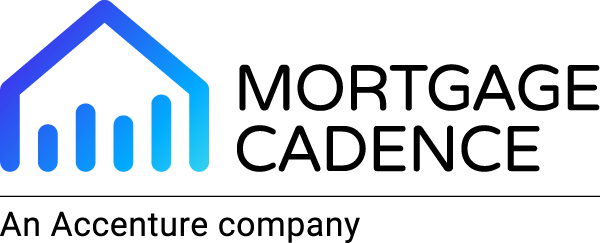By: Michelle Oliphant for CBInsight
Last month I talked about How I Met My Lender, where I suggested that advertising, a true online, interactive application and web portal, and regular follow-up are essential lures for the millennial market. My bank focused on technology and communication, cementing them as my lender.
December’s article was about origination. This month’s focus is on lessons learned in getting to the closing table. Lenders and borrowers alike know this is a complex process, one that requires a great deal of interaction, and one that is largely in the lender’s control. Yet throughout the process I wanted to help. And, throughout the process, I also wanted to know exactly where my loan stood at all times.
The first lesson in retaining millennial borrowers is this: Increased borrower education – undertaken before the process begins – about financial literacy in general, and the mortgage process in particular, improves the experience for both parties in the transaction. While I was relatively well-prepared with statements and W2s, I was probably the exception rather than the rule. Working in the mortgage industry, surrounded by lots of people with extensive experience helped enormously. The vast majority of millennials are not lucky enough to be associated with so many mortgage geeks. My bank worked to explain the process when I seemed confused. This was helpful, as was the first-time homebuyer education class I had to take in order to qualify for the first-time homebuyer program I was using. Our bank answered every question, talking me through everything they needed and why they needed it.
Still, I do wish my lender had been more transparent from the outset as to what they needed and why. Receiving a high-level schedule and overview of the process from the moment the contract was signed would have helped me understand the progression of the loan and also would also have helped me help them. While major deadlines such as inspection and appraisal were outlined in the contract, the contract did not say when my bank would need my tax returns.
It would have been helpful to get a list of documents that would be needed, and the reason they would be needed. I would also like to have known what was happening with the loan, beyond posting the loan status of “processing” or “underwriting” on the online portal. These terms mean something to me, but may not mean much to many millennials. It would be more informative to know what, specifically, is happening with the loan, and in greater detail. My questions were always answered quickly and in a friendly way. I know, though, from the team I work with, that the fewer questions borrowers have, the more efficient the lending process. To put it another way, a more informed, educated borrower yields a more profitable loan.
My lender’s online portal is wonderful. It is one of the reasons I chose them and closed my loan with them. Yet it could be even more useful in at least two ways. First – and I was warned about this by my colleagues – every mortgage loan requires documentation, lots of it. I happily complied, of course, though uploading the paperwork directly to the portal would have made it faster and easier for everyone. Second, millennials do everything with their phones. Why not utilize smartphone image capture, as we do, to deposit the rare paper check we still receive? Mobile capture is sure to be one of the next innovations in mortgage lending – it’s a feature that will lure millennials and increase market share. It will also result in higher overall customer satisfaction as well as greater lending efficiency. This is the second lesson:Millennials want instant, online access from their phones from the beginning of the process to its end, including document upload and real-time, detailed loan status.
The communications standards set during the application process continued throughout the mortgage cycle. However, proactive communication – not just waiting until I asked a question – would have provided for a smoother and easier process. Providing an overview of what the process would look like, from start to finish, would have made me more confident and comfortable along the way. Anticipating common questions, or even developing a First Time Home Buyer FAQ document, would also help the millennial borrower stay engaged with minimal stress. Finally, utilizing technology to the fullest extent possible, by offering robust loan status updates via an online portal or even via text message, would close the loop on proactive communication with borrowers.
Today’s millennial borrowers demand transparency; it is no longer acceptable to keep your borrowers in the dark and expect them to be agreeable. The final lesson is this: Stay proactive from application to closing, without waiting for the borrower to ask a question.
From initial education, to responsiveness and transparency, to advanced mobility, millennials expect a high degree of lender involvement to get through the mortgage process with ease. By staying proactive and offering advanced technology, you can be sure you’ve done your part to attract and retain your millennial borrowers.
Next month, I’ll end this series with my experience in closing the loan.



